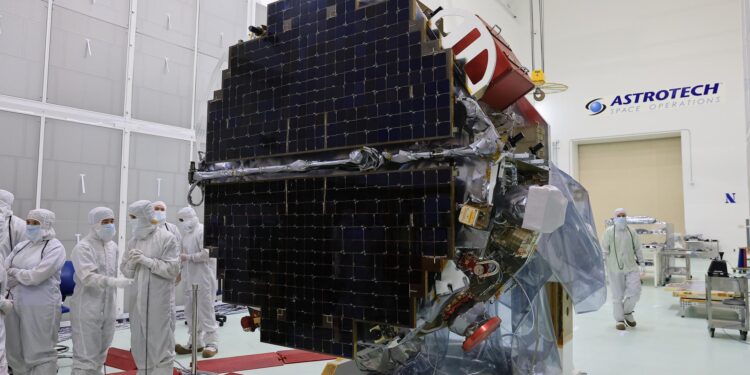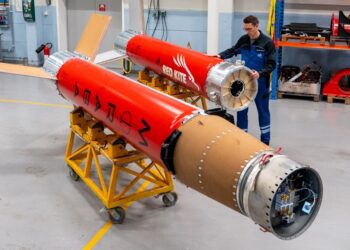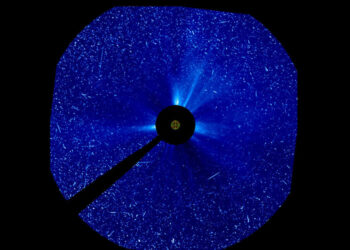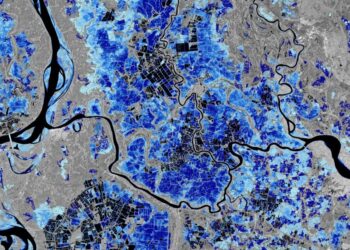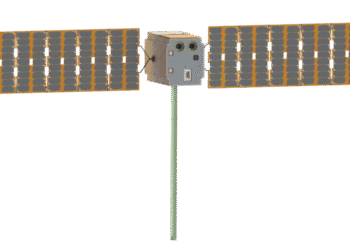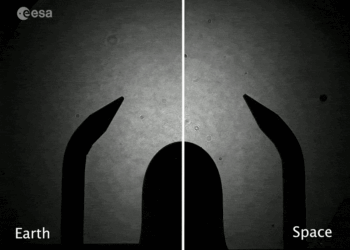NASA is gearing up for the launch of several important missions focused on heliophysics and space weather. Among these missions are two key projects designed to enhance our understanding of the Sun and its interaction with the Earth. The missions aim to gather critical data that will aid in forecasting space weather, a vital factor in mitigating risks for both satellites and terrestrial technologies.
Key Missions
The upcoming launches include the following significant missions:
- Heliophysics Missions: These missions are tailored to study the Sun’s magnetic field, solar wind, and how energy and material from the Sun affect space around Earth.
- NOAA Space Weather Missions: In collaboration with the National Oceanic and Atmospheric Administration (NOAA), these missions focus on improving space weather predictions, which are necessary for safeguarding communication satellites and astronauts.
Importance of the Missions
The information gathered from these missions will provide valuable insights into solar activity. This data is crucial for improving our ability to predict space weather events, which can have far-reaching effects on Earth’s satellites, power grids, and even climate.
Collaborative Efforts
Both NASA and NOAA are deeply involved in these missions, showcasing a collaborative approach to advancing our understanding of space weather. Their partnership exemplifies a united effort to foster more resilient technology and infrastructures against potential space weather threats.
For more detailed information, please refer to the original article on the NASA website.


